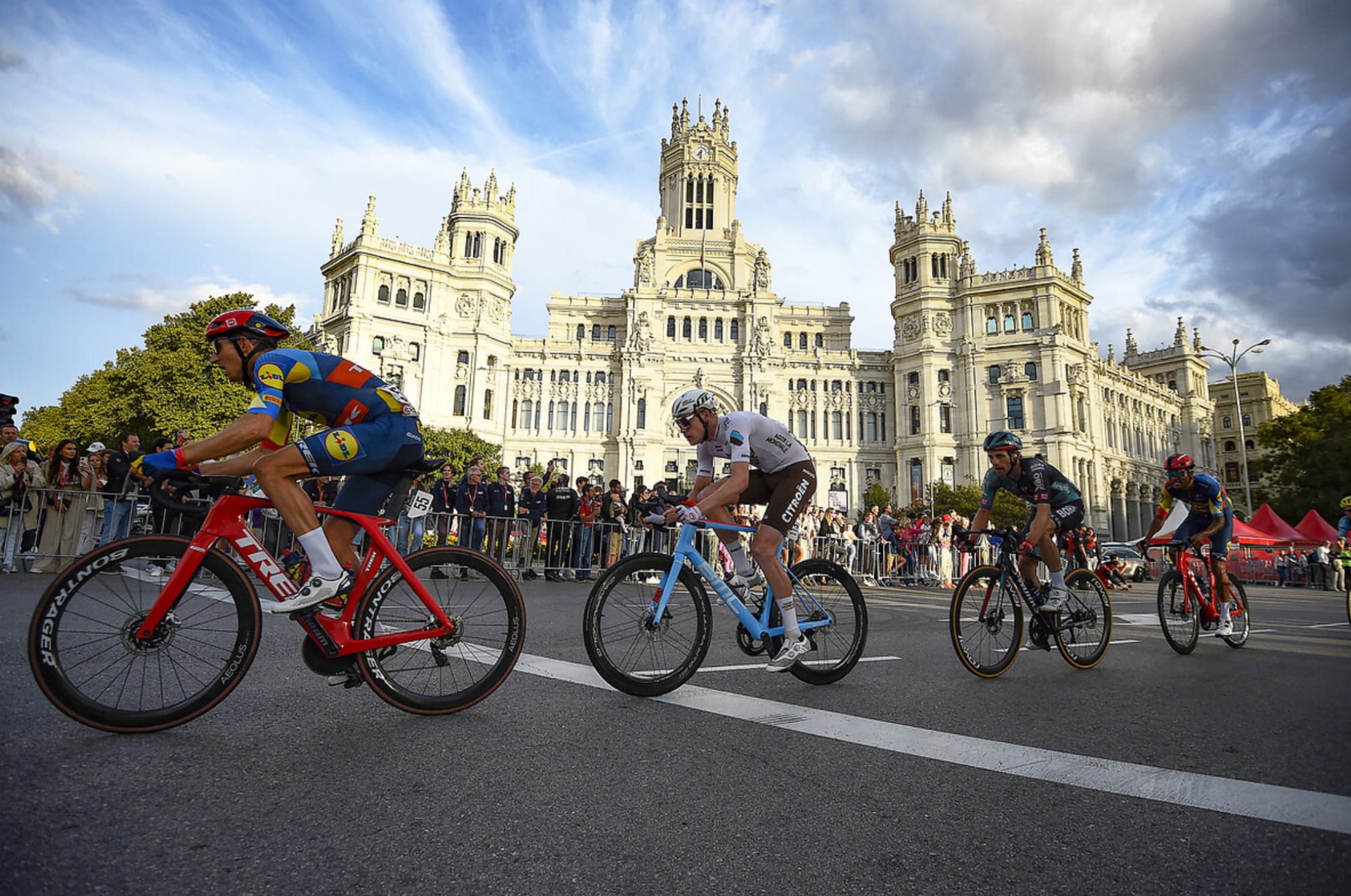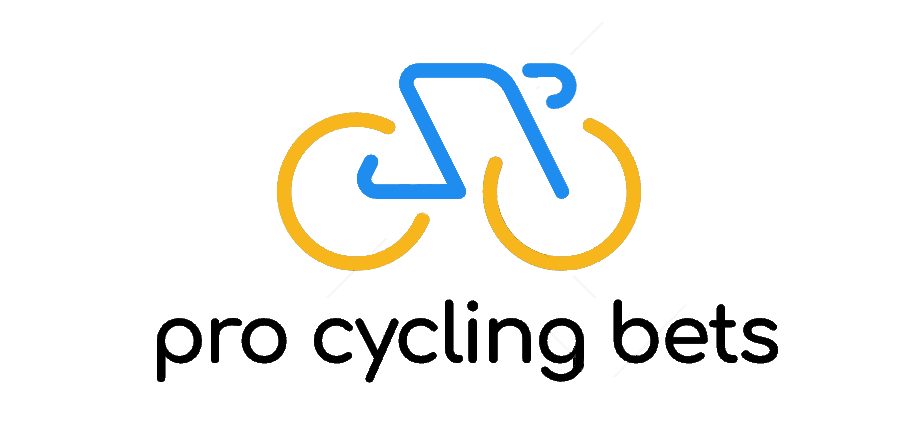What is the Concertina effect in cycling?

The Concertina effect, also known as the accordion effect, is a emblematic occurrence during technical bike races. The effect, named after the musical instrument that resembles an accordion, occurs during corners taken at high speeds. Riders that follow too closely behind another rider will have to press on the brakes as the rider in front decelerates and then accelerates away from a corner.
If you have enough riders in a line, this ends up causing a major slowdown for the riders in the rear. It's similar to how a small slow down in car traffic can have a ripple effect that grows exponentially as cars further afield slow down. The same effect occurs often in Formula 1.
This is one of the reasons why teams like to attempt to keep their main riders near the front of the race or peloton such that they don't get stuck too far behind when the effect occurs and subsequently end up losing too much time to their main competitors.
This is also one of the reasons why it is so hard to close gaps to breakaways on certain courses that are extremely technical. For example, we see this on courses that resemble North American Crit style courses such as the 2023 Glasgow World Championships course - or the final day of Grand Tours - such as the Tour de France or La Vuelta.
To picture why the effect is named after the instrument - think about how the accordion is harder to push in the closer it gets to being "closed" and easier as it becomes more "open". The speed of the opening and closing of the accordion or concertina mimics the speed of the riders around the corner.
